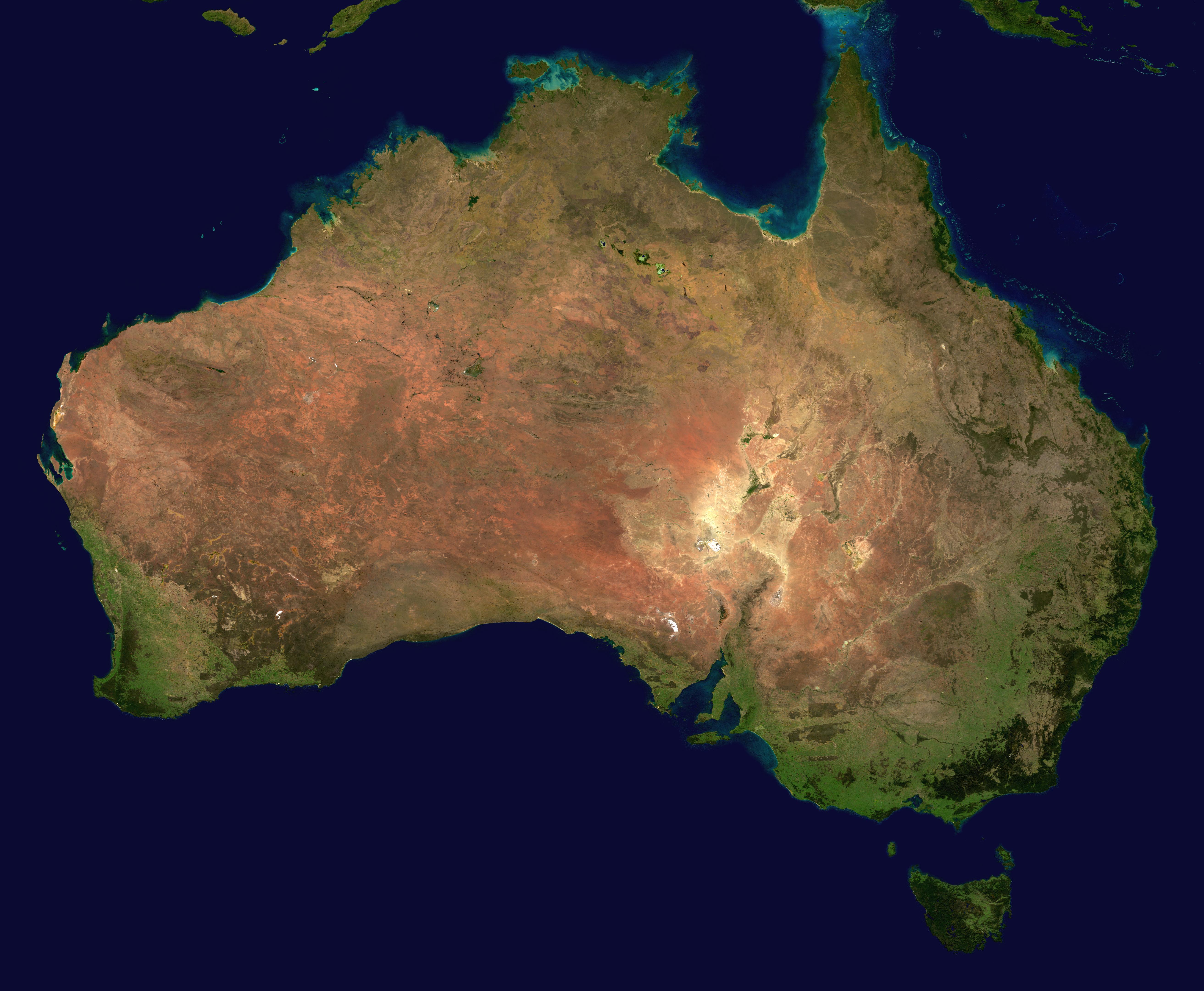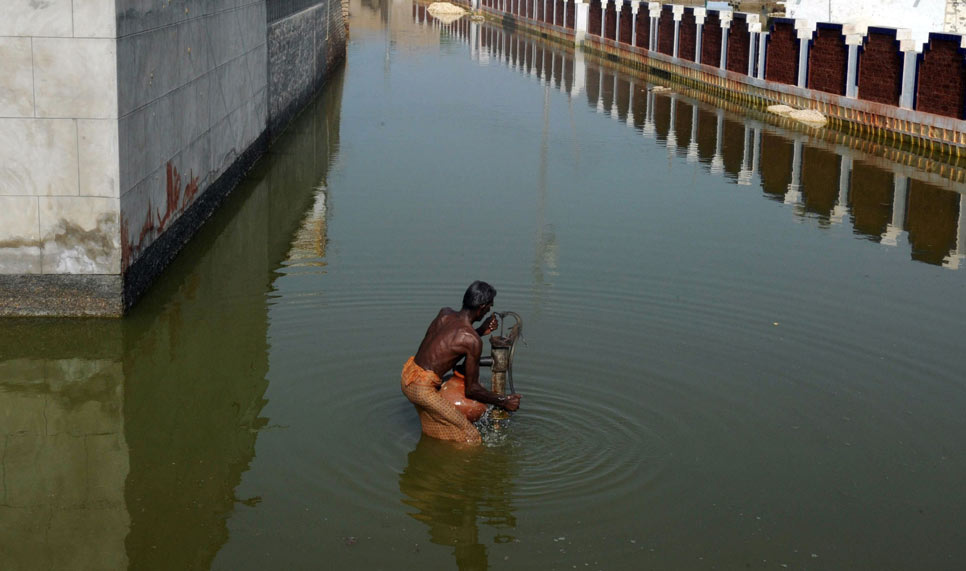 Torrential rains for three weeks punish northern Australia have been primed in the State of Queensland and threaten to swamp their capital, Brisbane, the third city of the island continent, with two million inhabitants. Brisbane living the most horrible nightmare of its history yesterday after the overflowing of the river of the same name and after a wall of water that devastated nearby villages and left nearly a hundred dead or missing.
Torrential rains for three weeks punish northern Australia have been primed in the State of Queensland and threaten to swamp their capital, Brisbane, the third city of the island continent, with two million inhabitants. Brisbane living the most horrible nightmare of its history yesterday after the overflowing of the river of the same name and after a wall of water that devastated nearby villages and left nearly a hundred dead or missing.The Mayor, Campbell Newman, warned residents that the worst is yet to come and urged them to leave their homes because between now and the weekend cover water homes, offices and thousands of buildings. Slums have been razed. Some 200,000 people have been affected and the waters are moving through the city center.
The neighbors, at the request of emergency services, travel by foot to higher ground, where public transport is still working. Meanwhile, continuing the search, which began at dawn on Tuesday, 90 people missing after the passage of a wall of water, up to 8 meters high, which continues down the river valley Lockyer and drag everything in your step.
The tornado devastated the city of Toowoomba and surrounding areas in the same state of Queensland. For now only confirmed the deaths of 10 people, including five children, bringing to 20 the dead across the country since the start of flooding. According to the latest report confirmed this morning by the state prime minister, Anna Bligh, there are 90 missing, so there are fears the death toll will increase with the passage of the hours.
As "good news," Bligh said the "rain has stopped" in the Toowoomba area, which promotes the work of the search teams. The federal government has declared a disaster area three-quarters of Queensland. Official sources have reported that between 6,500 and 9,000 buildings, including homes and businesses will be affected by the floods.
The streets are deserted and thousands of families have left the central areas of the city, already affected by water. Among the recent deaths, reports The Australian, is a child who is the first fatality in Ipswich, near the state capital, Brisbane. "They managed to rescue the mother, but could not remove the child (not the flood)," said Bligh, who added that "the nation must prepare for the fact that the number of people killed by floods will increase." Rescuers look for survivors desperate giant wave that reached two meters and officials called yesterday for "tsunami land." The tornado video broadcast by the ABC showed chilling images, with the wall of water carried in its wake the town of Toowooba.
Yesterday, The Australian published an article about this "wave that no one knew what was coming." Fear of a repeat of 1974 tragedy Forecasters believe that the rains will continue over the next few hours, and is trying to assess what the impact of floods when they reach the Wivenhoe Dam.
When you reach the limit of the capacity of the dam, you can not hold water to release the Brisbane River, which passes through the center of the homonymous city. In the east, residents of Ipswich are being relocated to several shelters to the possibility that the waters of Bremer also exceeded normal levels.
In the Lockyer Valley, the population was evacuated on Tuesday with the arrival of the first floods in Brisbane. In the capital of the central and some districts have already been evicted. In the upland areas still running public transport. The authorities have asked the rest of the inhabitants of the city to stay at home and avoid driving to avoid repeating the tragedy of 1974, when 14 people were killed, 300 injured and 6,700 houses were flooded in other floods.
Australian Prime Minister, Julia Gillard, has warned that Queensland still facing dark days, "thus recalling that announce weather forecasts for more rain this week. The Australian Government has so far paid four million dollars (about three million euros) to help the 200,000 homeless and approved a special fund of nearly $ 77 million (59.5 million) for local governments.
Agriculture, mining and tourism are the ones who suffer most from the damage caused by natural disaster, according to provisional estimates of the authorities, above 6,000 million (4.628 million euros). These estimates do not include damage to mining and agriculture, the two most important sectors of the country.



- Sips & bites: Let's Burger Plus, Colibri, LPG, Agua, DJs BB & El-Mar, and more (11/01/2011)
- Going to Australia BRB (11/01/2011)
- Hierve el Agua - Mexico's Freeze Frame Falls (02/12/2010)
- Duo Solidario Fuente De Agua Viva Group : Guatemala (07/12/2010)
- watch India vs Australia live streamiing online free (10/01/2011)
No comments:
Post a Comment